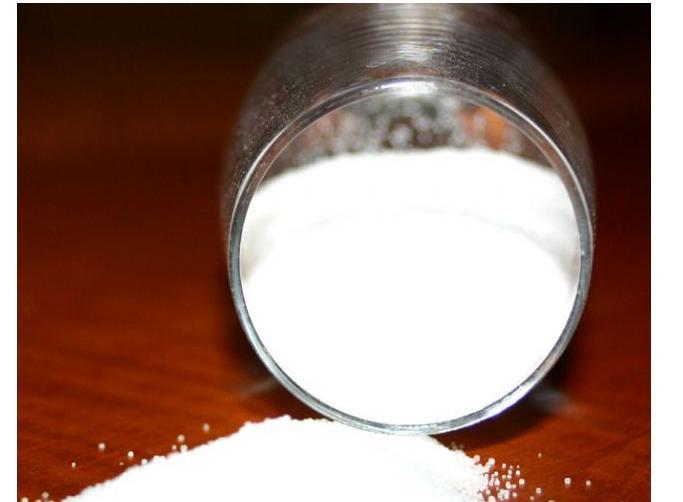
Tel:+86-21-59762683
Email:info@fushichem.com
L-Glutamic Acid
One of the 20 common amino acids, occurs naturally in food such as cheese, milk, meat, fish, corn,tomatoes, mushrooms, soybean and sugar beet. In its free form, L-Glutamic acid is the major flavour enhancing component of foods with a meaty / savoury taste. The role played by L-glutamic acid in the palatability of foods is exploited by either traditional cooking methods that release free L-Glutamic Acid, or by supplementation with monosodium glutamate.
|
CAS RN.: |
56-86-0 |
|
EINECS: |
200-293-7 |
|
H.S.CODE: |
2922.4210.00 |
1. Chemical Analysis
|
Component |
Range |
Typical |
|
Appearance |
White crystals or crystalline powder |
Confirm |
|
State of solution ( Transmittance) |
Clear and colorless not less than 98% |
98.50% |
|
Specific rotation [ a]20/D ( C = 10 in 2N HCI) |
+ 31.5 TO + 32.5º |
31.64º |
|
Clarity of Solution |
Clear |
Clear |
|
Chloride (CI) |
Not more than 0.020% |
0.008% |
|
Ammonium (NH4 ) |
Not more than 0.02% |
<0.02% |
|
Sulfate ( SO4) |
Not more than 0.02% |
0.005% |
|
Iron( Fe ) |
Not more than 10ppm |
6ppm |
|
Heavy metal ( Pb ) |
Not more than 10ppm |
7ppm |
|
Arsenic (As2O3) |
Not more than 1ppm |
< 1ppm |
|
Other Amino Acids |
Chrom atographically Not detectable |
Confirm |
|
Loss on drying |
Not more than 0.20% |
0.15% |
2. Application
l L-glutamic acid may help nerve cells send and receive information from other cells.
l It is being studied for its ability to decrease or prevent nerve damage caused by anticancer drugs.
l L-glutamic acid is used as a component of parenteral and enteral nutrition.
l The sodium salt is used in large quantities as a seasoning characterized by its savory, “umami” taste.
3. Transportation Information
|
DOT Classification: |
Non-dangerous goods |
|
U.N. |
N/A |
|
Packing Group: |
N/A |
4. Storage & Handing
- Keep container dry.
- Keep in a cool place.
- Ground all equipment containing material.
- Keep container tightly closed.
- Keep in a cool, well-ventilated place.
- Combustible materials should be stored away from extreme heat and away from strong oxidizing agents.

